Table of Contents
What is a Flower?
A flower is a condensed specialized reproductive shoot found in angiosperms that bears nodes and modified floral leaves. It is the reproductive unit meant for sexual reproduction.
Essential and Non-essential Parts of the Flowers or Parts of a Typical Angiospermic Flower:

A typical angiospermic flower consists of four whorls of floral appendages attached to the receptacle- Sepals (Calyx), Petals (Corolla), Stamens (Androecium), and carpels (Gynoecium). The calyx and corolla resemble to leaf and constitute to accessory organs (non-essential organs). In monocot flowers, the calyx and corolla remain undifferentiated and are termed as perianth. The androecium and gynoecium constitute essential organs as they are directly concerned with the process of reproduction.
Calyx or Sepals:
It is the lowermost whorl of green leaf-like floral appendages which support and protect the flower in the bud condition. In some cases, the sepals are colored other than green. They are then called petaloid. A flower with free sepals is called polysepalous while a flower with fused sepals is called gamosepalous. It also synthesizes food for the plant body. Each individual of the calyx is called as sepal.
Corolla or Petals:
It is the inner series of flat non-essential floral organs that are generally brightly colored to attract animal pollinators. Sometimes, the petals are green in color and they are called sepaloid. Corolla is polypetalous if the petals are free and gamopetalous if the petals are fused. Each individual of the corolla is known as a petal. The flowers may have an appendage or outgrowth in petals. It is called a spur.
Androecium or Stamens:
Stamens are the male reproductive organs or microsporophylls of a flower. Each stamen has three parts- filament, connective, and anther. The filament is stalk-like. It is meant for raising the anther above the level of the thalamus. The anther is bilobed. The two lobes of the anther are attached to each other by a sterile tissue called connective. Because of the presence of two lobes, the anther is called bithecous. In members of the family Malvaceae example- China Rose anthers are single lobed and, therefore, called monothecous. Each anther lobe has two chambers or sacs. They contain pollen grains. Each individual of androecium is known as the stamen.
Gynoecium or Gynaecium or Carpels:
Carpels represent the female reproductive parts or megasporophylls of the plant. The collective term for all the carpels of a flower is gynoecium. Each distinct or free unit of gynoecium is the pistil. It may comprise one to several carpels. A pistil is differentiated into three parts- ovary, style, and stigma.
Stigma:
It is the terminal receptive part of the pistil meant for catching and nourishing the pollen grains. Maize has the longest stigma as well as the longest style.
Style:
It is narrow threadlike tubular stalk which connects ovary with stigma. Style is meant for lifting the stigma for proper capturing of pollen grains.
Ovary:
It is the basal swollen region of the pistil which is in contact with the thalamus. It encloses an oval structure called ovules. After fertilization ovules develop into seeds while the ovary matures into a fruit. The wall of the ovary forms a fruit wall or pericarp.
Important Terms:
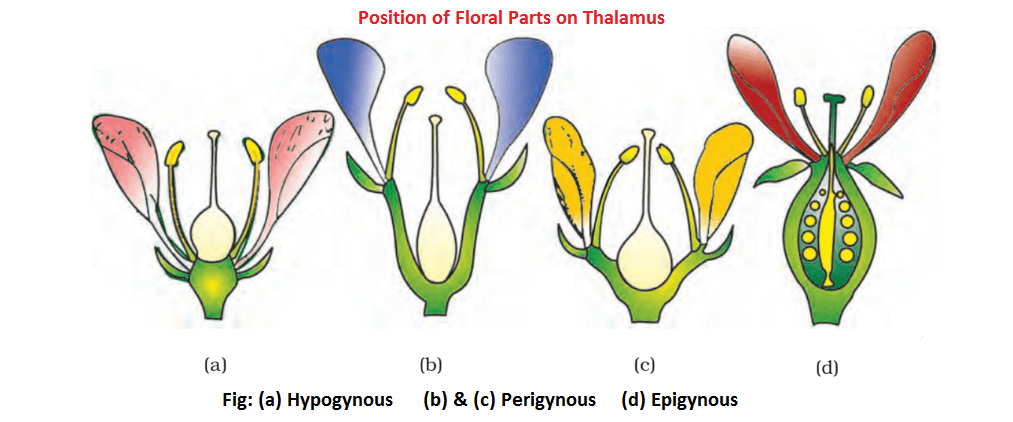
Hypogynous:
It is a condition where sepals, petals, and stamens are all inserted below the ovary. In such a condition, the ovary is said to be superior. Example- Mustard (Brassica), Tomato (Lycopersicum).
Epigynous:
A condition in which the thalamus is not cup-shaped but enclosed within the ovary and all the other floral parts arise on the top of the ovary. The ovary in this case is said to be inferior. Example- Cucumber, apple.
Perigynous:
In this, the thalamus is a cup-shaped structure around the ovary and bears sepals, petals, and stamens at the same level as the ovary. Example- Rose.
Hermaphrodite:
A flower is said to be hermaphrodite (bisexual) if it bears both androecium and gynoecium.
Staminate and pistillate flower:
A flower bearing only androecium is known as staminate flower and a flower possessing only gynoecium is called as pistillate flower.
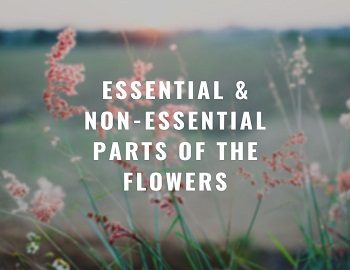
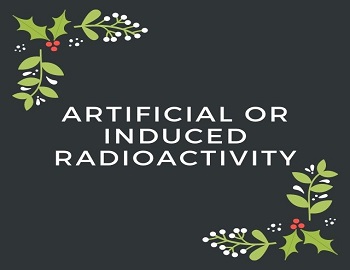
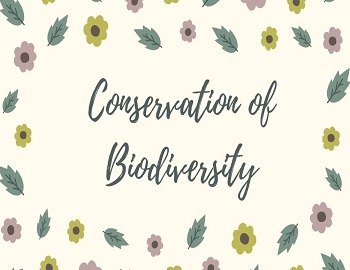





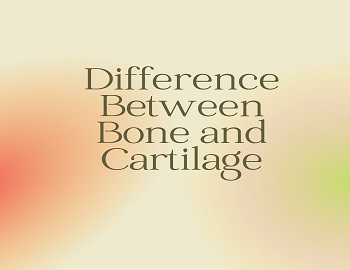
Comments (No)